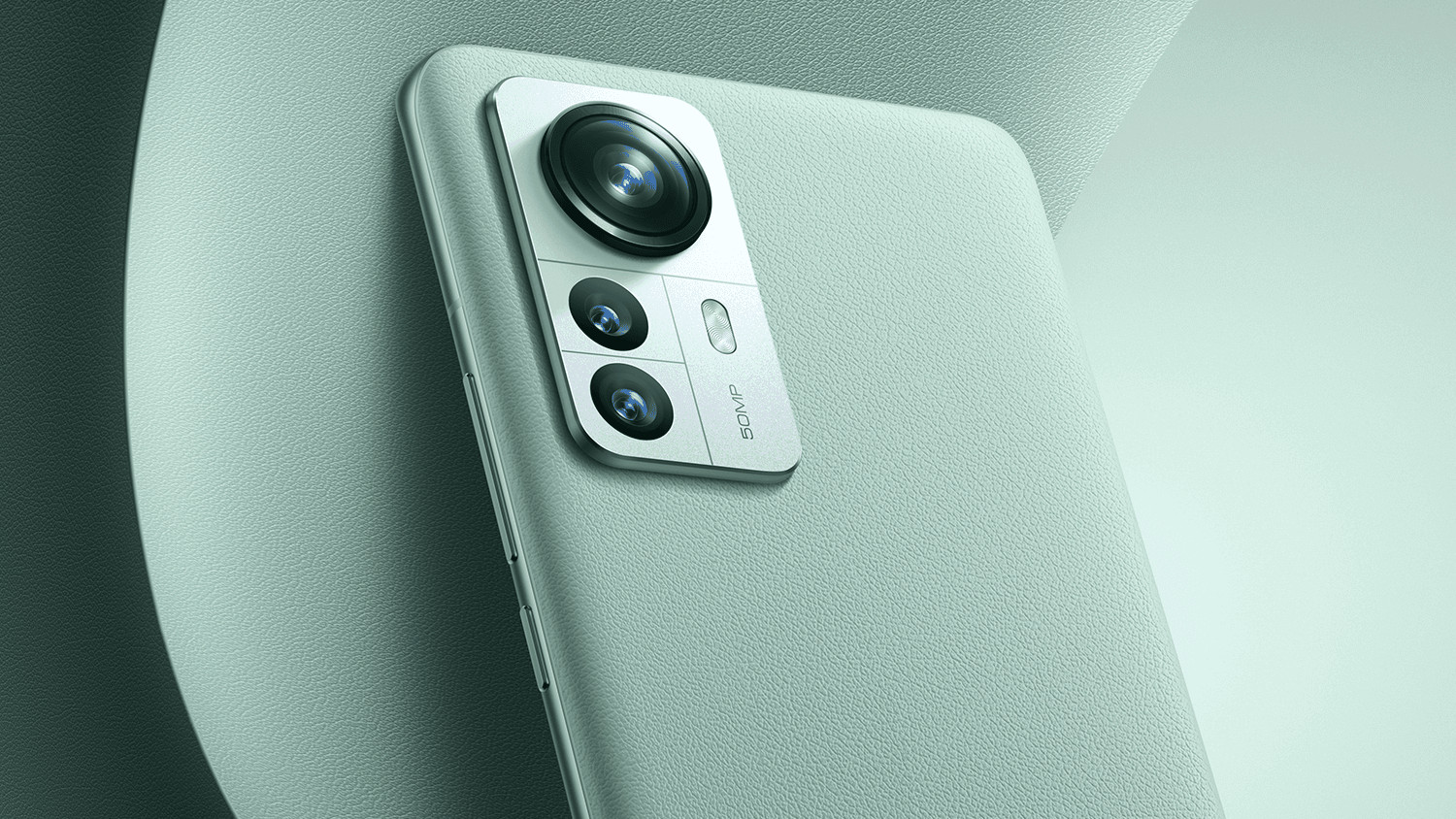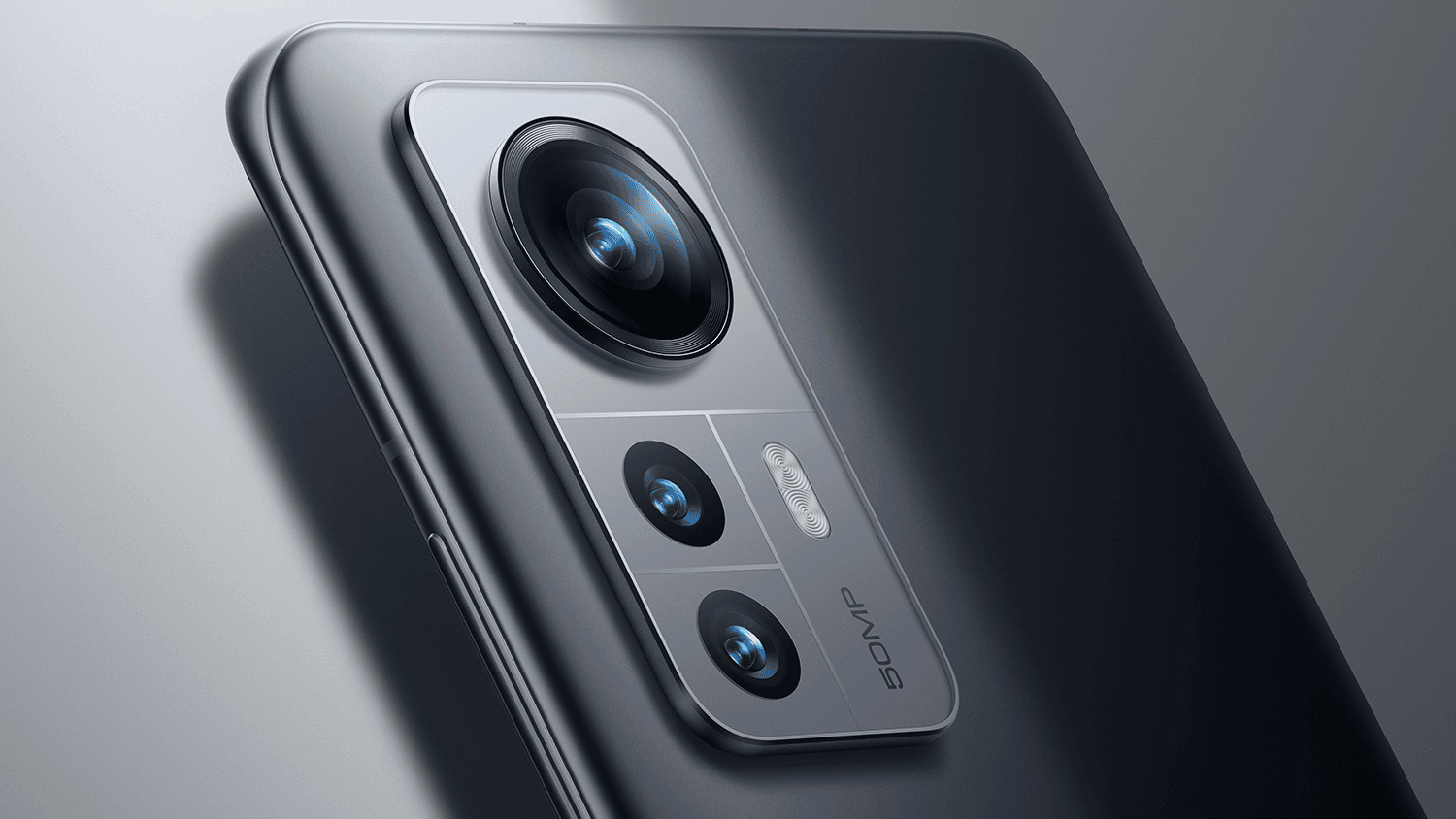Xiaomi 12 China release date, design, specs, price and more
Here's everything we know so far about the Xiaomi 12

Keep an eye on the Xiaomi 12, as it could be a strong contender for your next Android flagship phone purchase. If and when it goes on sale where you live, that is.
You likely won't be able to purchase it in the U.S., but the Xiaomi 12 will offer users in other countries the features and performance you'd expect from a premium phone, but at a more competitive price than you might be used to. Plus it comes in three flavors this year, giving us more spec variation and price choices. Not to mention the likely Ultra variant that could arrive later in the year.
Although the Xiaomi 12 series is available for purchase in China, we won't see its global release for a little while longer. Until that happens, you can read our summary of the Xiaomi 12's key features below.
- See how the Mi 11 series places on the best U.K. phones guide
- Check out the best camera phones to improve your photos
Xiaomi 12 release date
Xiaomi has now officially announced the Xiaomi 12 series in China, where it's also just gone on sale. That's just like to the Xiaomi Mi 11, which made a similarly timed appearance last year.
As for the U.K., it's probably going to be a month or two before we can try out the Xiaomi 12 ourselves. To cite the Mi 11's example again, it didn't go on global sale until March of last year.

Xiaomi 12 price
We anticipate the Xiaomi 12 to come with a flagship-grade price. The Xiaomi Mi 11 sells for £749, which while a little cheaper than a Samsung Galaxy S21 or iPhone 13, but doesn't make much of a difference when paid for monthly as part of a phone contract.
The Xiaomi Mi 11 Ultra on the other hand sells for £1,199, which is a little more expensive than the Samsung Galaxy S21 Ultra or iPhone 13 Pro Max.
Get instant access to breaking news, the hottest reviews, great deals and helpful tips.
Looking at the Xiaomi 12 series' Chinese prices, we see the 12x starts at 3199 yuan, the normal 12 at 3699 yuan and the 12 Pro at 4699 yuan. Examining these more closely, we see that these prices have dropped from last year (the Mi 11 began at 3999 yuan), perhaps due to the change in size for the base and 12x models. Hopefully this translates to a price decrease outside of China too.
Xiaomi 12 design and display
Xiaomi's new look for the 12 series doesn't change much but the three phones look good, in a simple sort of way.
The front of the phones have center-aligned punch-hole cameras, first seen on the Xiaomi 11T series. The backs have changed slightly, taking a rectangular camera block design that blends in with the rest of the phone, rather than using slightly different textured glass as the Mi 11 and 11T did.

The screen size on the Xiaomi 12 series has changed a bit. While the 12 Pro is 6.7 inches, similar to the old 6.8-inch Mi 11, the basic 12 and 12X now have a much smaller, 6.2-inch form factor. This is also seen in the screen resolution. The Xiaomi 12 and 12X use FHD resolution, while the 12 Pro sticks with QHD resolution.
All three of these phones use 120Hz refresh rates for smooth scrolling. The 12 Pro is confirmed to use LTPO 2.0 technology to allow the display to dynamically adjust the frame rate. We don't know what system the 12 or 12X are using, which means it's possible that it'll only be able to switch between a couple of preset refresh rates like the Mi 11.
Xiaomi 12 cameras
Again here we see the Xiaomi 12 and 12X share specs. They both feature 50MP main cameras, 13MP ultrawide cameras and 5MP telephoto cameras.
The Xiaomi 12 Pro goes all out and offers three 50MP cameras with main, ultrawide and 2x telephoto lenses. However it shares the same 32MP selfie camera as the other phones in the range.
Xiaomi 12 specs
Inside the Xiaomi 12 and 12 Pro, there's a Snapdragon 8 Gen 1 chipset, the best chipset currently available for Android phones. It's paired with either 8GB or 12GB of RAM, or 128GB or 256GB storage, although we don't know which versions we'll get when the phone makes it out of China.
The Xiaomi 12X is a little different. It uses a Snapdragon 870, a less powerful chip. This is what allows it to be the cheapest member of the range while keeping most of the Xiaomi 12's features, but means it won't run the most demanding apps as smoothly. You can still get it with 8GB/12GB RAM or 128GB/256GB storage though.
Xiaomi 12 battery and charging
The battery capacities of the three phones in the series are pretty average, with the Xiaomi 12 and 12X offering 4,500 mAh cells and the 12 Pro offering only a slightly larger 4,600 mAh cell. But charging is somewhere that the Xiaomi 12, at least on paper, excels.
Even the cheapest Xiaomi 12X can charge at up to 67W (filling from 0% to 100% in 39 minutes), faster than most other phones on the market. The Xiaomi 12 can do this too, and adds the capability for 50W wireless charging (capable of a full charge in 53 minutes) on top. The Xiaomi 12 Pro goes another step further, and ups the wired charging speed to 120W. This apparently fills the phone in 18 minutes, and would definitely make it the fastest charging phone around.
Xiaomi 12 software
Xiaomi's bringing out the latest version of its Android skin, MIUI 13, alongside the 12 series.
We don't know precisely what's new with it yet, but Xiaomi has promised optimizations and refinements, including new personalization and widgets, likely modified from the Material You system of base Android 12.
Xiaomi 12 outlook
It's probably another month or so until we hear when the Xiaomi 12 series is coming to the U.K., and exactly which models and specs we'll get. All the same, whichever models arrive, it's likely to be a competitor among the best phones in the U.K.
Xiaomi will need to get the pricing spot on though. These are flagship-grade phones, but with Samsung being so established in the U.K. as the Android phone of choice, Xiaomi may need to offer users a tempting price difference to get them to switch. Beyond that, we'll need to wait to get the phone in our hand for a review before making any more predictions.

Richard is based in London, covering news, reviews and how-tos for phones, tablets, gaming, and whatever else people need advice on. Following on from his MA in Magazine Journalism at the University of Sheffield, he's also written for WIRED U.K., The Register and Creative Bloq. When not at work, he's likely thinking about how to brew the perfect cup of specialty coffee.
 Club Benefits
Club Benefits





